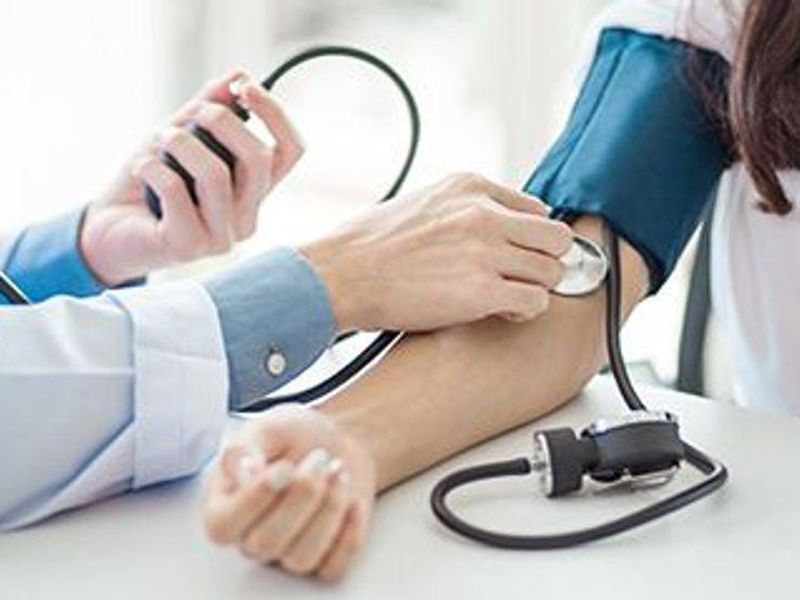Blood pressure hyperreactivity to standing independently predicts major adverse cardiovascular and renal events in young hypertensive adults
FRIDAY, March 18, 2022 (HealthDay News) — For young hypertensive adults, blood pressure hyperreactivity to standing is associated with major adverse cardiovascular and renal events, according to a study published online March 17 in Hypertension.
Paolo Palatini, M.D., from the University of Padova in Italy, and colleagues examined the association of orthostatic hyperreactivity with major adverse cardiovascular and renal events in a cohort of 1,207 untreated individuals screened for stage I hypertension (mean age, 33.1 ± 8.6 years). The definition of hyperreactivity to standing was a standing-supine blood pressure (BP) difference in the top decile.
The researchers found that compared with normoreactors, hyperreactors more often had ambulatory hypertension (90.8 versus 76.4 percent). The epinephrine/creatinine ratio was higher in hyperreactors among the 630 participants in whom 24-hour urinary catecholamines were measured. A total of 105 major adverse cardiovascular and renal events were accrued during a 17.2-year follow-up. Hyperreactivity to standing was an independent predictor of major adverse cardiovascular and renal events in a multivariate model, with a hazard ratio of 1.97. When ambulatory BP data and incident hypertension during follow-up were included in the model, hyperreactivity remained an independent predictor of adverse events (hazard ratio, 1.94).
“The results of the study confirmed our initial hypothesis — a pronounced increase in blood pressure from lying to standing could be prognostically important in young people with high blood pressure,” Palatini said in a statement. “We were rather surprised that even a relatively small increase in standing blood pressure (6 to 7 mm Hg) was predictive of major cardiac events in the long run.”
Copyright © 2021 HealthDay. All rights reserved.








